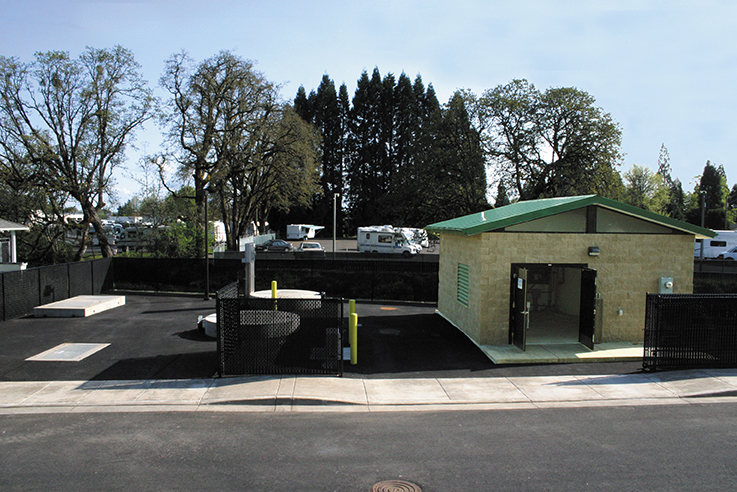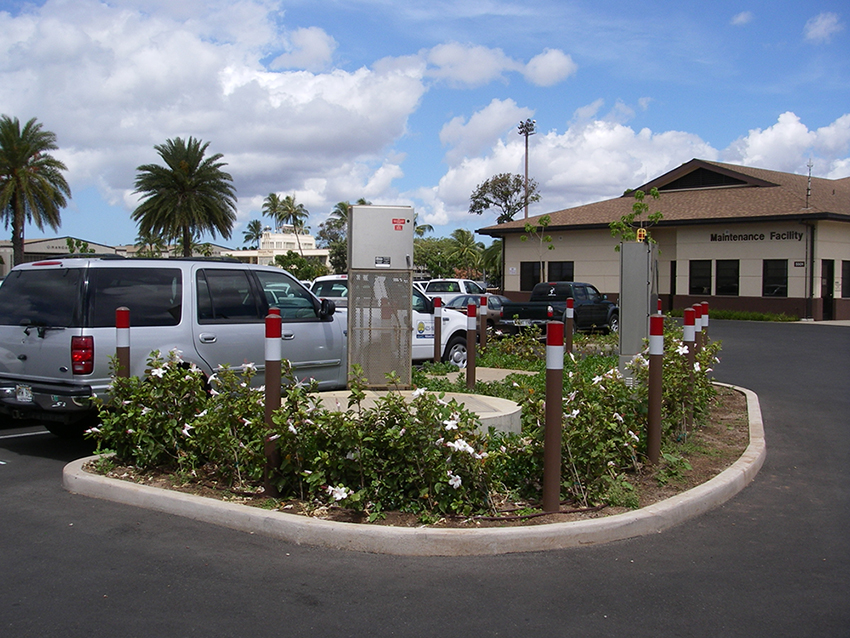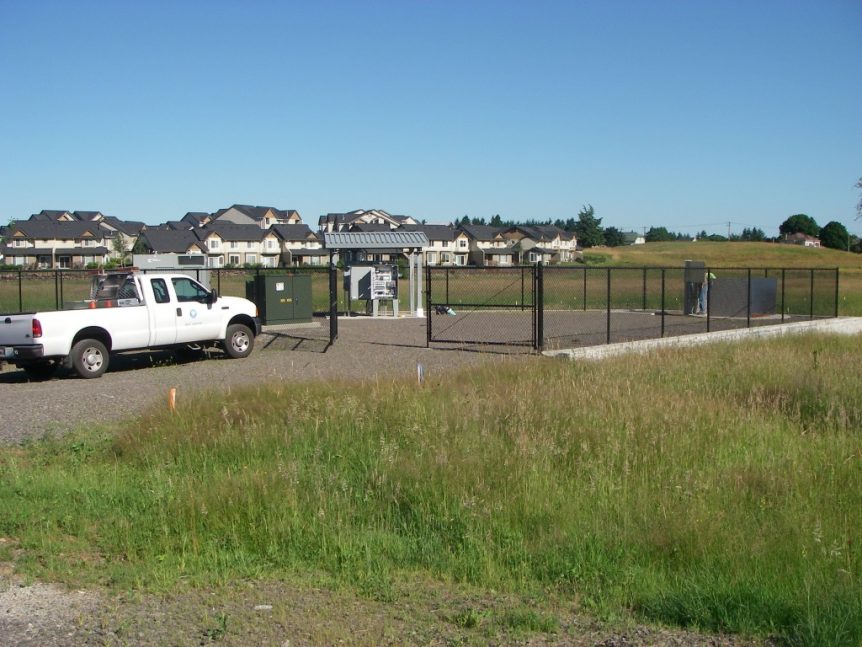
Romtec Utilities designs site-specific pump and lift station systems for every type of water. In the pumping industry, we typically define water types as fitting into wastewater, stormwater, industrial water, or clean water, but these are very broad and inexact terms. Romtec Utilities begins each pump station design by asking about what type of water is being pumped. Knowing the sources and conditions of the water ensures that a new pump station design will perform correctly for a long time. In this week’s blog, we will look at wastewater.
The most common association with the term wastewater is sanitary sewer. In truth, most wastewater in our country is sewage from residential, commercial, or industrial sources. Identifying the source of the wastewater automatically generates a chain of questions because each source will have different characteristics for its wastewater. These differences exist even within the broad classifications just mentioned; not all residential wastewater is the same.
Looking at residential wastewater, sewage from developments, apartments, and RV parks will typically require design differences because of how these residences are plumbed. Apartments typically produce a higher ratio of solids to water, so pumps that handle solids should be assumed in the design at the beginning. There are other subtle differences in residential wastewater that can be assumed just by knowing the source, so every design should begin with that information.
Commercial wastewater is even more broad than residential. Wastewater from an office building might be very similar to an apartment building, but wastewater from shops and restaurants will be very different. These latter sources might have cleaning chemicals, bulky solids, and grease in the wastewater. In these situations, precautions should be taken before and during the design phase to make sure the lift station can handle these other elements. Grease is especially difficult to process with a pump station and should be avoided at all costs. Commercial developments that do not specify a restaurant on-site and do not have a plan for handling grease will likely have lift station problems down the road. Understanding the differences of commercial wastewater sources can prevent future headaches for a lift station owner.

Industrial wastewater can include many different water sources beyond sewage. These water flows can come from processes like machine blow-down, cooling systems, condensation collection, and many other applications that decrease water quality. In these scenarios, wastewater can be affected in different ways. It is important for industrial customers and their engineers to specify water conditions like temperature (high or low), pH, and chemistry.
Industrial wastewater can be so varied that without an accurate description of the water inflows, operation and maintenance problems can occur down the road. Hot water pumps, stainless steel piping, or a fiberglass sump might be necessary design considerations with some types of industrial wastewater. When it comes to industrial facilities, only the customer knows the wastewater sources. Defining them all is a good practice when trying to get the best lift station system.
In addition to the three primary types of wastewater (residential, commercial, & industrial), there are several other unique sources that should be handled differently. These are animal shelters, prisons, and hospitals. Animal shelters pose a pumping problem when animal hair frequently gets into the wastewater. Animal hair is thicker, sometimes buoyant, and can produce lanolin. The result is hair that sticks together and can cause clogging problems for pumps. Lift stations designed for animal shelters should either include measures for keeping hair out of the lift station or pumps robust enough to prevent clogging.
Wastewater from a prison is different from other types because it typically includes frequent and unusual solids. These solids can be anything from discarded contraband to intentional attempts to disrupt the prison infrastructure. Hospitals also usually have a higher volume of unusual solids in the wastewater. These solids can be anything from rubber gloves to adult diapers. Lift stations for prison and hospital applications must typically solve the problem of handling large solids.
Across the country, all sources of wastewater are changing in one similar way. Wastewater of today has a higher ratio of solids to water across all applications, including the typically predictable sanitary sewer. This trend is occurring because of the amount of low-flow toilets, showers, and faucets now in use in greater numbers nationally. Even in the most run-of-the-mill wastewater lift station project, the design should be scrutinized to make sure the pumps, basin, level sensors, and other components are robust enough to handle a higher ratio of solids to water.
Romtec Utilities has experience designing, supplying, and constructing lift stations for a lot of different wastewater applications. This experience has shown and continues to show that wastewater is not the same for every project. Recognizing the diversity of wastewater sources and addressing your particular project will help get you a reliable and trouble-free lift station. If you have a wastewater lift station project, contact Romtec Utilities and we will help you get your project started.

